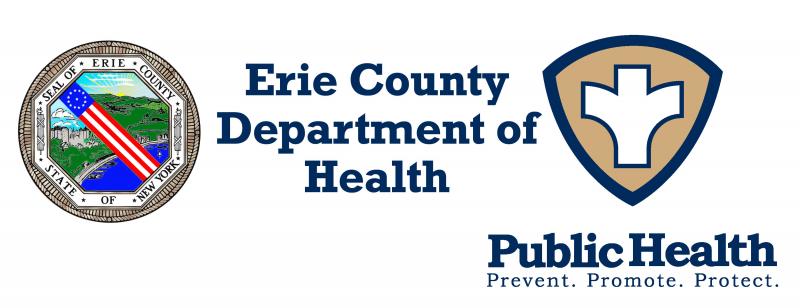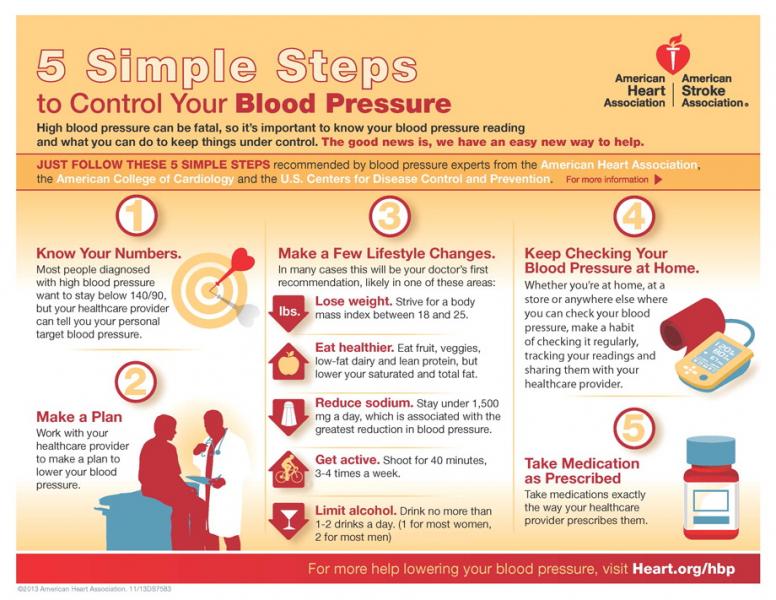Modified: May 19, 2016 4:28pm
Latest News

PRESS RELEASE
From the Office of the Commissioner of Health, Dr. Gale R. Burstein
Date May 19, 2016
CONTACT: Mary C. St. Mary/Mary.StMary@Erie.Gov
Phone: 716.858.4941/ Mobile: 716.253.3925
Can You Recognize Stroke Symptoms?
MAY IS NATIONAL STROKE AWARENESS MONTH
ERIE COUNTY, NY—During Stroke Awareness Month every May, the Erie County Department of Health (“ECDOH”) wants to educate all residents to recognize the signs and symptoms of stroke—a medical emergency--and how critical it is to call 9-1-1 immediately if you think someone might be having a stroke. Getting fast treatment is important to preventing death and disability from stroke.
To understand stroke, it helps to understand something about the brain. The brain controls our movements; stores our memories; and is the source of our thoughts, emotions, and language. The brain also controls many functions of the body, like breathing and digestion. To work properly, your brain needs oxygen. Although your brain makes up only 2% of your body weight, it uses 20% of the oxygen you breathe. Strokes occur when a blood vessel carrying oxygen and vital nutrients to the brain is either blocked by a clot or ruptures. When this occurs, part of the brain is deprived of blood and oxygen, destroying millions of valuable nerve cells within minutes.
“When the flow of blood to the brain is interrupted, brain cells start to die within minutes because they can’t get oxygen. This is called a stroke. Sudden bleeding in the brain also can cause a stroke if it damages brain cells. A stroke can cause lasting brain damage, long-term disability, or even death,” said Dr. Gale Burstein, Erie County Commissioner of Health. “If brain cells die or are damaged because of a stroke, symptoms of that damage will start to show in the parts of the body controlled by those brain cells.”
“Time is crucial in the treatment of stroke, as on average, every 40 seconds someone in the United States has a stroke and roughly every four minutes someone dies from a stroke,” Burstein continued. “The earlier a stroke is recognized and the patient receives medical attention, the greater chance of recovery.”
Acting F.A.S.T. is key! Note the time when any symptoms first appear. The most effective stroke treatments are only available if the stroke is recognized and diagnosed within 3 hours of the first symptoms.
If you think someone may be having a stroke, act F.A.S.T. and do the following simple test:
F—Face: Ask the person to smile. Does one side of the face droop?
A—Arms: Ask the person to raise both arms. Does one arm drift downward?
S—Speech: Ask the person to repeat a simple phrase. Is their speech slurred or strange?
T—Time: If you observe any of these signs, call 9-1-1 immediately.
High blood pressure, high cholesterol, and smoking are major risk factors for stroke. About half of Americans (49%) have at least one of these three risk factors. In particular, high blood pressure can significantly increase your risk of stroke.
"High blood pressure has a domino effect on health, leading to heart attack, stroke and even kidney disease. With exercise, proper nutrition, not smoking, and controlling blood pressure, strokes are preventable. Know your numbers," said Dr. Vijay Iyer, MD, PhD, Director, Gates Vascular Institute and President, Board of Directors, WNY American Heart Association.
Several other medical conditions and unhealthy lifestyle choices can increase your risk for stroke. Although you can’t control all of your risk factors for stroke, you can take steps to prevent stroke and its complications. Individuals may be able to prevent stroke or reduce their risk by making healthy lifestyle choices. A healthy lifestyle includes the following:
- Eating a healthy diet.
- Maintaining a healthy weight.
- Getting enough exercise.
- Not smoking.
- Limiting alcohol use
# # #
For More Information:

